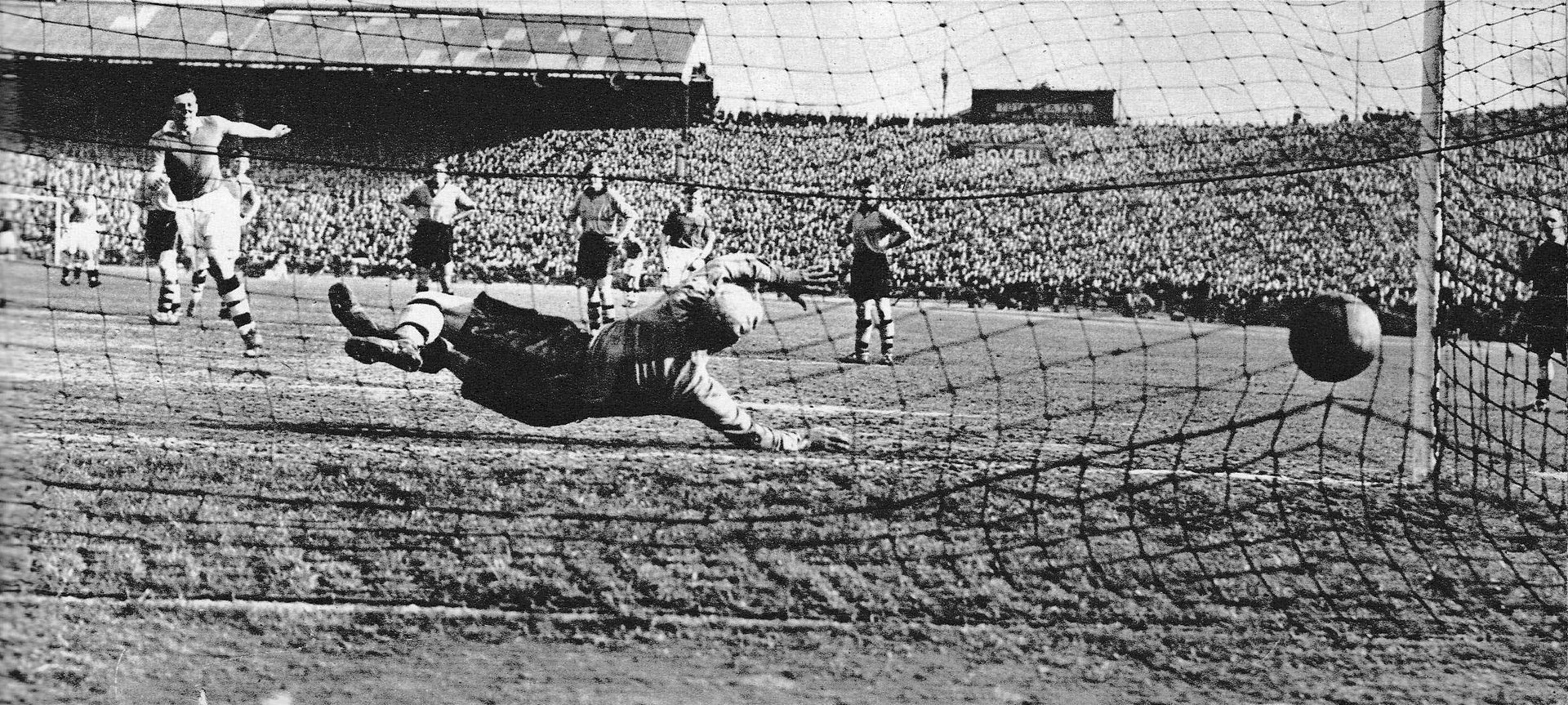The penalty kick has become an indispensable facet of football since its introduction in 1890. However, the traditional penalty kick that we know and love today, took a long time to evolve. The early origin of the penalty kick probably lies in Rugby football, as shown in early match reports, for example in 1888: "Dewsbury was awarded a penalty kick in front of the goal ". The concept of a penalty goal for fouls within 2 yards (1.8 m) of the goal was suggested at a Sheffield FA meeting in 1879. However, the invention of the penalty kick is credited to the goalkeeper and businessman William McCrum in 1890 in Milford, County Armagh, Northern Ireland. The Irish Football Association presented the idea to the International Football Association Board. The English FA regarded it as a slur on the character of its members: ‘only gentlemen played soccer and gentlemen didn’t cheat’. The press angrily condemned the ‘Irishman’s motion’ as a ‘death sentence’ for the game. After a blatant goal-line handball by a Notts County player in the FA Cup Quarter-Final against Stoke City, the board finally approved the idea on 2 June 1891. A similar incident in Scotland also contributed to the call for the penalty kick, which came into effect in the 1891-92 season. The first ever penalty kick was awarded to Wolverhampton Wanderers in their game against Accrington at Molineux Stadium on 14 September 1891. The penalty was taken and scored by John Heath as Wolves went on to win the game 5-0. Corinthians, proud of their amateur status, held true to their ideals that a gentleman would never deliberately commit a foul. Their players refused to take a penalty if one were awarded to them, or attempted to save a penalty given against them. A further development came the following season when Stoke City were once again the victims in a match that saw another step forward in the penalty law. On Saturday November 21st, 1891, Stoke City were losing 2-1 to Aston Villa when they were awarded a penalty with seconds of the match remaining. However, a Villa player kicked the ball out of the ground and by the time it had been returned the referee had blown for full-time. Later in that season the law was changed to allow time to be added to allow penalty kicks to be taken. Under the 1891 law a penalty was awarded for an offence committed with 12 years of the goal-line. The penalty could be taken from any point along a line 12 yards from the goal-line – the penalty spot was introduced in 1902. It was not until the 1901/02 season that the 18-yard penalty box was introduced into the English game. Before 1905, goalkeepers were allowed to charge up to six years out of their goal, but this led to so many penalties being saved that the lawmakers changed the rule that forced the keeper to stay on his line. Previously the penalty area ran across the entire width of the pitch. In the 1937/38 season the 'D' on the edge of the penalty area was introduced to ensure that all players are 10 yards from the penalty spot when the kick is taken.
Penalty Kick
The Penalty Kick - 'Gentlemen don't cheat'


Writing a history of your local club?
Old photographies, illustrations or memorabilia?
Rare illustrations of Galston FC, Northern FC or other clubs, share them with us
Copyright © All Rights Reserved.